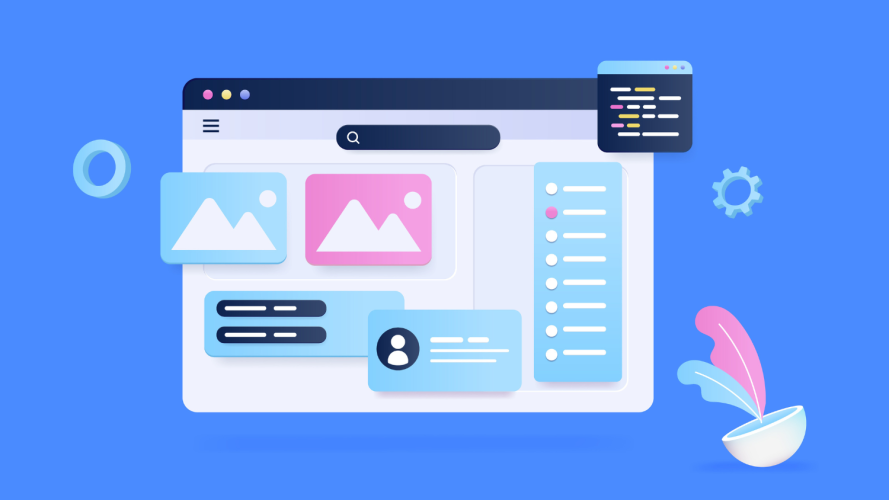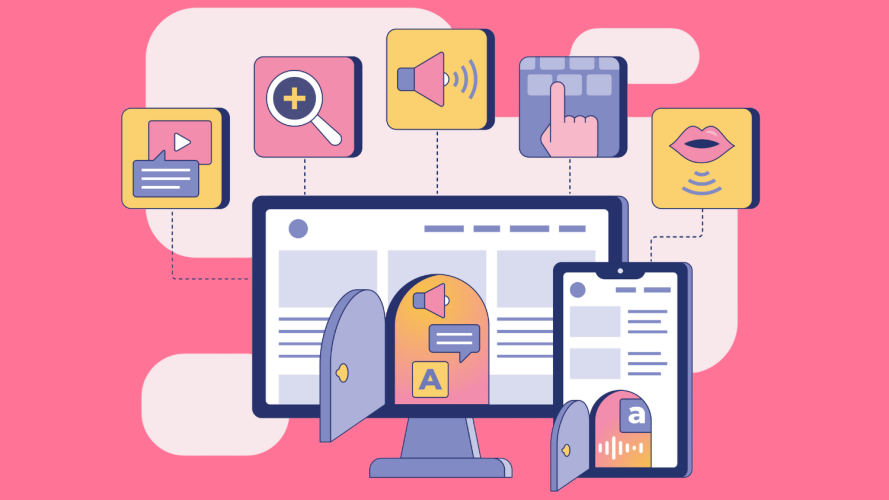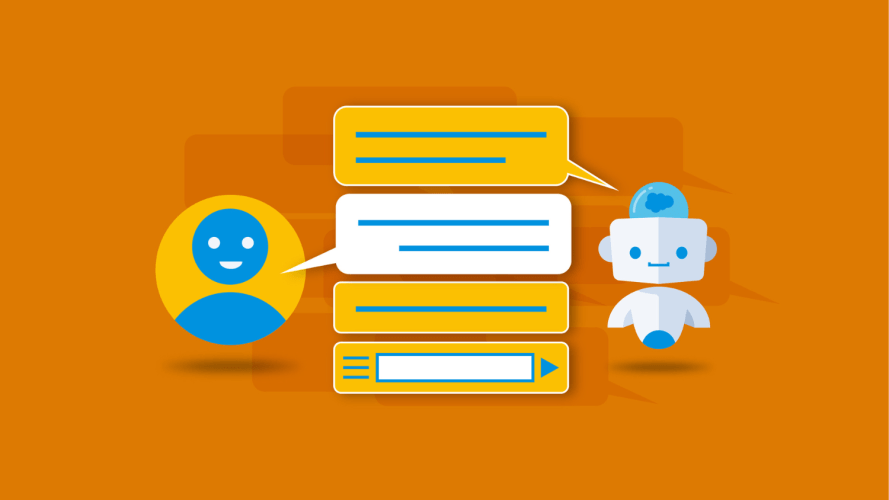Want to Design a Lovable Product or Brand? Learn What Questions to Ask



We studied the factors that affect product adoption and created a decision-making strategy to help teams spot potential barriers.

Ujjwal Dubey
There are software programs and apps for every aspect of life and work. And we’re inundated with choices. But what makes one digital product more appealing to users than another? What attributes help increase the likelihood of product adoption? Those are questions one of our product UX teams in Manufacturing Cloud posed.
We wondered if we could create some heuristics – or decision-making strategies – that could help us better anticipate potential barriers to adoption.
Our goal was to develop a research-based, actionable framework that pinpoints the aspects of a product that may affect its adoption. After months of research and testing, we were able to pilot the framework successfully on Manufacturing Cloud. Let’s get a glimpse of how we came up with our approach.
Research product adoption strategies
In a collaboration between Industries UX and Research & Insights, we started by comparing several theories about product adoption. What inspired us – and is most relevant to the digital product space – is the work by Everett Rogers. His theory on Diffusion of Innovations describes characteristics that affect the spread of new ideas or technologies.
Also, we suspect not every company or team has access to a research team or the time and resources to conduct formal user research. So, if you’re thinking about product adoption strategies, this framework might offer a place to start.
Identify adoption factors
Starting with the five factors of innovation (or product) adoption that Rogers explained in Diffusion of Innovations, we compiled a list of core questions that would drive our work. Eventually, we used these factors to help us create a template that our team can use when they’re assessing a product, feature, or process.
- Relative advantage: What advantages does your innovation offer over existing products?
- Compatibility: Is your innovation compatible with the way users work and their work environment?
- Simplicity: Is your innovation easy to use?
- Trialability: Is it easy to try out your innovation?
- Observability: Are the benefits of using your innovation clear to your users?
Measure product adoption factors
Then, we hypothesized that if we were able to measure these factors, we would be able to improve the likelihood of adoption.
For a B2B2C company like Salesforce, product adoption might happen at different points. That usually means there are multiple personas who have varying needs. On an abstract level, these personas are:
Manager
Someone who purchases a product for their company
Admin
Someone who implements the product
End User
Someone who uses the implemented product
Map needs to adoption factors
We interviewed a cohort of users and scored their responses. While we created an extensive template for our purposes, you can design one to suit your needs.
Factor: Relative advantage
Manager Needs
Does this product solve my business challenge? Does it make my processes more efficient and help me generate more revenue?
Admin Needs
Does this product require less time and effort to implement?
End User Needs
Does this product reduce my workload?
Factor: Compatibility
Manager Needs
Can this product be tailored to my business needs? Does it work well with existing systems?
Admin Needs
How easy is it to integrate with other systems?
End User Needs
Does it work the way I expect it to work?
Factor: Simplicity
Manager Needs
How does ease of implementation affect my team’s capacity?
Admin Needs
Is it no code or low code? Is it easy to learn everything about implementation?
End User Needs
Is it easy to understand and use?
Factor: Trialability
Manager Needs
Can I quickly deploy and pilot the product? Can I quickly train and onboard my stakeholders to it?
Admin Needs
How much time does the setup take?
End User Needs
Can I try it out quickly without committing to anything?
Factor: Observability
Manager Needs
Are the benefits to revenue and efficiency apparent?
Admin Needs
Can I track bugs and performance of the implementation?
End User Needs
Can I easily grasp or experience the benefits?

Create product adoption framework
Based on the needs of different personas, existing research, and brainstorming sessions with our collaborators, we created a list of heuristics. But these may or may not apply to your specific context. However, they provide a foundation to inspire or build your approach. Here is a list of heuristics for an end-user persona.
Relative advantage
- Stickiness – Does the innovation solve a frequent problem?
- More functionality – Does the innovation provides improved functionality?
- User control – Does the innovation puts the user in control of critical aspects like access, data, and settings?
- Trustworthiness – Is it safe and secure to use the innovation?
- Time saved – Does the innovation save time?
- Effort saved – Does it save effort and reduce Cognitive load?
- Better quality – Does it improve the quality of the work?
Compatibility
- Mental model – Does the innovation match the current way of thinking and operating?
- Software compatibility – Do users have to make changes in internal software to use the innovation?
- Integration with other systems – Does it work with third party systems that are used internally?
- Hardware compatibility – Do users have to make hardware changes to use innovation?
- Customizability – Can it be customized to meet user’s needs?
- Flexibility – Are there multiple ways to accomplish a task?
Simplicity
- Error rate – Are the chances of errors low when users interact with the innovation?
- Time to use – How long does it take to complete a task?
- Self explanatory – Are the task flows evident and require no external assistance?
- Help and channels – Do the users have access to help and guidance in case they get stuck?
- Documentation – Is there support documentation available?
- Cognitive effort – Do users have to memorize vocabulary, concepts, or processes?
- New knowledge – Does it introduce new vocabulary, concepts, or processes?
- Operability – Is it compatible with the latest mental models and interaction patterns?
- Accessibility – Does it address accessibility needs (better screen reader support, better color contrast, keyboard navigation, etc.)?
Trialability
- Previous knowledge – Does it require previous technical knowledge?
- Discoverability – Can users easily find new features?
- Length of task – Does it take too many steps on average to complete a task?
- Onboarding – Does the innovation have a smooth onboarding process?
- Channels – Can you try out the innovation through multiple channels?
- Easy trial – Can users play with the innovation in a trial environment?
- Trial time and attempts – Can users try the innovation quickly for a reasonable duration?
Observability
- CSAT (Customer satisfaction score) – Are users satisfied with the innovation?
- Monthly Active Users (MAU) – Are users actively using the innovation as indicated by the MAU metric?
- Net Promoter Score (NPS) – Will users recommend the innovation to others?
- Improvement in business metric – Is the continuous usage of the innovation helping users to meet their business goals?
Designing a lovable product
When considering your product adoption strategies, it may not always be possible to do formal user research. But, there’s always a way to do user research. If you have a B2C product, then think from an end-user perspective and try to grade your solution on these heuristics. For those who have a B2B product, thinking from all three personas – manager, admin, and end user – will help.
If your product isn’t selling, you need to assess where the friction might be. It could be at the manager, admin, or end user level. Product development is a complex process. So having a strategy for asking the right questions can help guide your thinking as you root out potential adoption issues and design in a holistic way.
Explore Manufacturing Cloud today
Transform your organization with purpose-built capabilities to automate processes, modernize operations, and deliver personalized service.






























